Cross-Cultural Emotion and Symbolic Meanings of Color
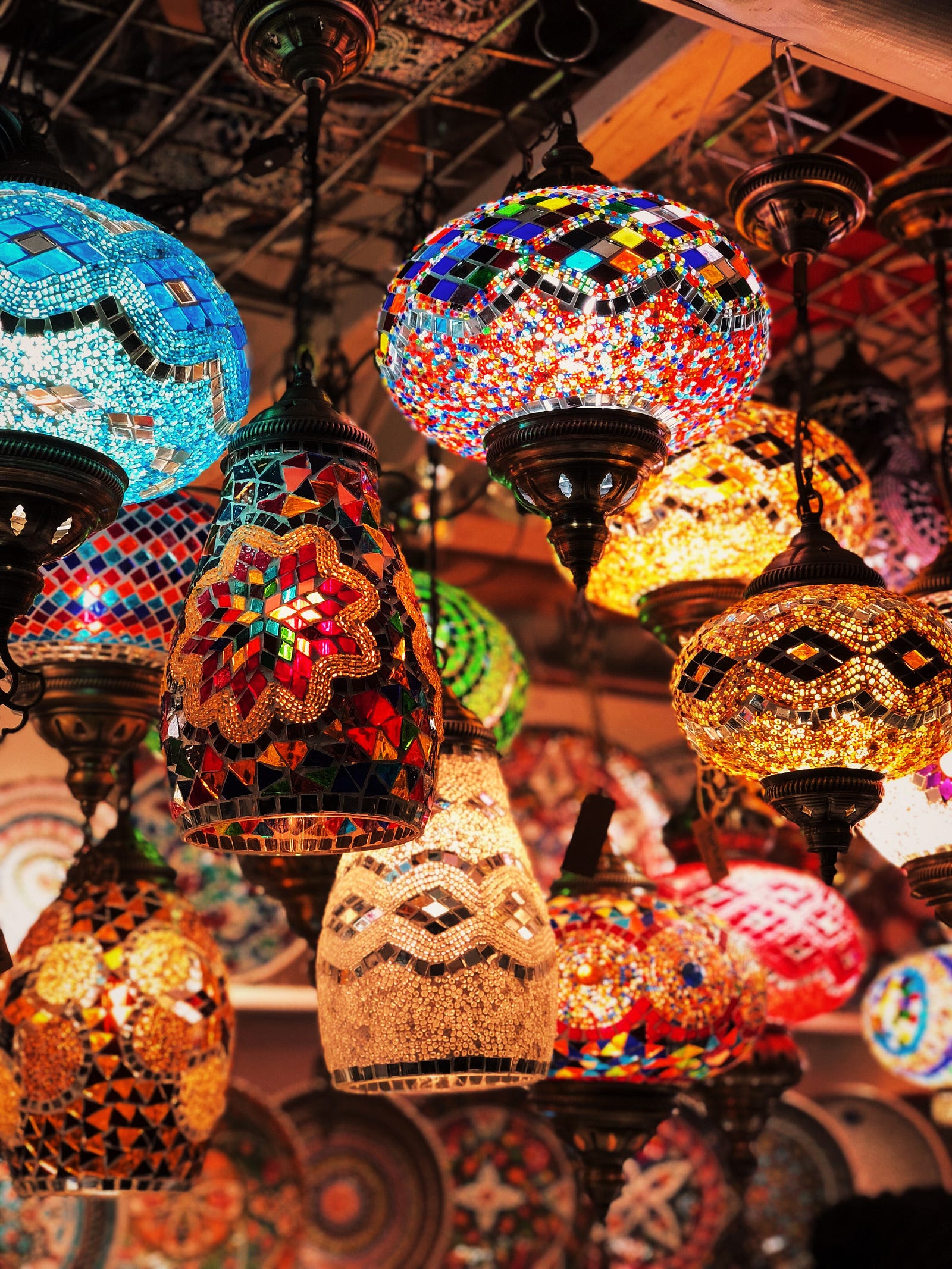
The colour is an inseparable part of our everyday lives and its presence is evident in everything that we perceive. It is widely recognized that colours have also a strong impact on our emotions and feelings. The colours are found to trigger certain psychological, physical, biological and metabolic reactions within humans. The colour is the fundamental building block of visual symbols and serves as a communication method for humans.
“Sunset is still my favorite color and rainbow is second.” — Mattie Stepanek
Colour is a phenomenon of light and based on different ranges of wavelengths. When the ray of light bends we can see a spectrum of colors, a rainbow. A rainbow and all the colors within it is a beautiful sight as quoted by Mattie Stepanek, a child poet.
However, colour may generate another level of meaning in the mind. The colour symbolism arises from cultural, mythical, historical, religious, political, and linguistic associations. The symbolic meanings of colour words reveal wide-ranging connotations in cultures including positive and negative meanings. While particular colours have been found to be highly preferred regardless of age, racial group, or culture. On the other hand, Colours affect our functioning before we are conscious of it and deliver important messages.
Colours are used in flags and national colours to identify groups and countries. Colours are used in different signs to warn us of danger and make us alert. In ancient civilizations, colour was an integral part of the substance and being of everything in life. It is also closely associated with mental and emotional states and can affect them profoundly. Most fundamental colour symbolism was drawn from nature. Thus, green symbolized potency in arid regions but a sacred colour in Islam. Blue stood for the sky, and also for the spirit and truth. Interpretations of colour may differ and the symbolism varies with the cultural environment. The colour black and the colour white clearly stand for duality and antithesis. Red, the colour of blood, is usually linked with living, but it represents death in the Celtic world.
The socio-cultural, religious context within which a person was brought up also may mould the above association. Culture could be defined as an amalgamation of the attitudes, values, ethics, norms, customs, beliefs, rituals, mythology, scriptures, doctrines, and all the art forms accepted and practised through generations by a certain group of people.
A well-known example is with the two achromatic colours; black and white.

Death and mourning are associated with the colour black in Western traditions, whereas in China the colour of death is white. In the study conducted by them, the colour black was associated not only with royalty, power, and wealth, but with death, mourning, and tragic events. Mourning at death is a common emotional reaction of mankind regardless of socio-cultural limitations. Yet, significantly how humans associate with colour to express sorrow and mourn for dead people differ as per the norms, customs and beliefs learned from each culture. In most of the eastern countries including Sri Lanka, the colour of mourning is white. “The mourning colours of different nations are not devoid of meaning.” According to him, black is the accepted mourning colour throughout Europe which expresses the midnight gloom; the total deprivation of light and joy on account of the loss sustained.
What is Color?

One of the most striking properties of life is that it has colour. To understand the phenomenon of colour it helps to think about light as a wave. Therefore colour is a wavelength of light. Different objects reflect different wavelengths of light, which enter our eyes and we called the colour of the different wavelength. I notice that different colours based on hue, value, and intensity.
“Feisner describes that colour properties as follows- the hue describes a particular wavelength and it is the most visible difference between colours. Value describes the degree of lightness or darkness in relation to white and black. Intensity or saturation (chroma) defines how bright or how dull colour is when compared with a neutral grey of the same value. Colours can also be described in temperature terms. The temperature refers to the warmness or coolness of a colour.”
The colours are closely related to sunlight, and sometimes they exhibit a variety of shades as the earth moves around the sun in a day. For instance, alternatively strong and weak sunlight may create many different colours. Under sunlight, human eyes can identify various colours; without sunlight, only darkness is perceived. From the physical point of view, there are no “real” colours which exist in nature.
Only the various wavelengths make up light, which is absorbed and reflected by all of the objects around us. The reflected light wave enters the eye, which, in turn, sends signals to the brain. Everything in the universe, whether it is classified as “solid” or “liquid” or “gas”, is shimmering and vibrating and constantly changing. However, their brains don’t find a very useful way of comprehending the world.
Emotion
Emotion is a mental state variously associated with thoughts, feelings, behavioral responses, and a degree of pleasure or displeasure. There is currently no scientific consensus on a definition. Emotion is often intertwined with mood, temperament, personality, disposition, and motivation.
Emotion is the conscious experience of affect, complete with attribution of its cause and identification of its object. The queasy, uneasy feeling you might experience, without knowing why is an effect. When you angry with someone that cognition and affect influence one another: some emotions and affective states are driven by cognition, while effect often impacts cognition.

The major reason behind the complexity of emotions is their sensitivity to personal and contextual circumstances. Colours can signal danger or give us survival tips, for example when the fruit is ready to eat or if something is poisonous. The significance of emotion is determined by us based on the strength of the event, reality and relevance and factors related to our background information that controllability, readiness, deservingness. The basic emotions have a unique combination of properties that make them discrete from one another. Some basic emotions are universal and biologically based, which means that different cultures can experience them in the same way. There is, however, disagreement about what emotions are to be considered as basic emotions. Izard has suggested that interest, joy, surprise, sadness, anger, disgust, contempt, fear, shame, shyness and guilt are universal basic emotions. Although the universal view has been long supported on emotions.
Culture
People living in different cultures can appreciate different things and think in different ways, which also affects emotions and how people perceive colours. Culture affects our daily lives, as it is reflected in our decision-making, behaviour, and communication. Culture impacts the way we act, think, feel, speak and believe. culture as the collective programming of the mind that distinguishes a member of the team from the members of the other team.
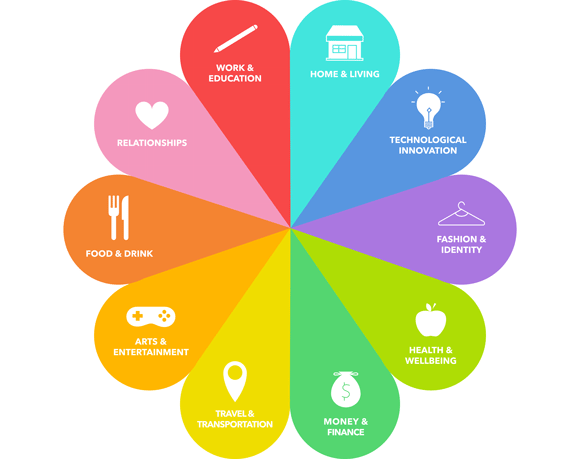
The technical definition of culture you’ll get if you take an anthropology class is “shared knowledge, belief, and practice.” Basically, it’s stuff you have in your head which other people have in their heads. A society is a group of people who share culture.
Culture encompasses broad, abstract stuff like the ways in which we choose to categorize time and space and the way we consider gender, but it’s pervasive and covers weird, silly things as well. For example, consider the idea that vampires can be killed through a stake through the heart. This is an idea most Americans have. It doesn’t matter that we know that vampires are fictional. If we read a story or see a movie with a vampire and see it get staked, the demise of the otherwise apparently indestructible monster will make perfect sense to us. We all know that there’s a particular kind of monster with a very specific vulnerability. That’s because it’s part of the culture we share.
Having said that, the term gets used in different ways by different people. When an archaeologist refers to a culture, it usually means a distinctive assembly of artefacts and other remains. An archaeological culture is the material remains which we use to identify a past society. And when “culture” is used to refer to things like classical sculpture, opera, and the like, it’s usually shorthand for “high culture,” art and other expressions of a culture regarded has expressing particularly noble values and aspirations.
Hofstede has divided culture into five dimensions, which he called power distance, uncertainty avoidance, individualism vs. group orientation, masculinity vs femininity and the long term orientation vs the short term orientation. Each country is transferable to the scales of these dimensions and in that sense comparable to other countries. Masculinity and femininity describe gender roles in society and work-related values.
Why do we associate different colours to different emotions?
Colour-emotion association theories are still incomplete and theoretical and empirical work is at an early stage. For example, the colours red and blue were the most preferred colours among American subjects but were less preferred in other cultures. In a comparison of Japanese and Korean subjects unique colour preference tendencies between the two countries, and also with respect to age, gender, and geographical region within the individual country. In an investigation of children’s emotional associations with colours, light colours the example that yellow, blue is associated with positive emotions, happy, strong and dark colours black, grey with negative emotions sad, angry.
Colours can also be described in temperature terms, such as “warm” or “cool” as related to the dominant wavelength of the colour. The cool colours blue, green, purple are generally considered to be restful and quiet, while the warm colours red, yellow, orange are seen as active and stimulating. The effects of colour on perceptions of room size and psychological response noting that cool colours such as blue and green make a space restful and increase spaciousness;
however warm colours such as red, orange, and yellow make space less spacious while increasing stimulation. Furthermore, people exposed to red and yellow colours reported higher levels of anxiety than did people exposed to cool blue and green colours. Overall, 62.2% of the participants expressed positive responses to colours, 34.2% expressed negative responses, and 3.6% expressed no emotion. About 80% of the responses to the principle hues; including red, yellow, green, blue, and purple were positive, compared with only 29.2% for the achromatic colours, including white, grey, and black.
Symbolic Meaning of Color in Culture
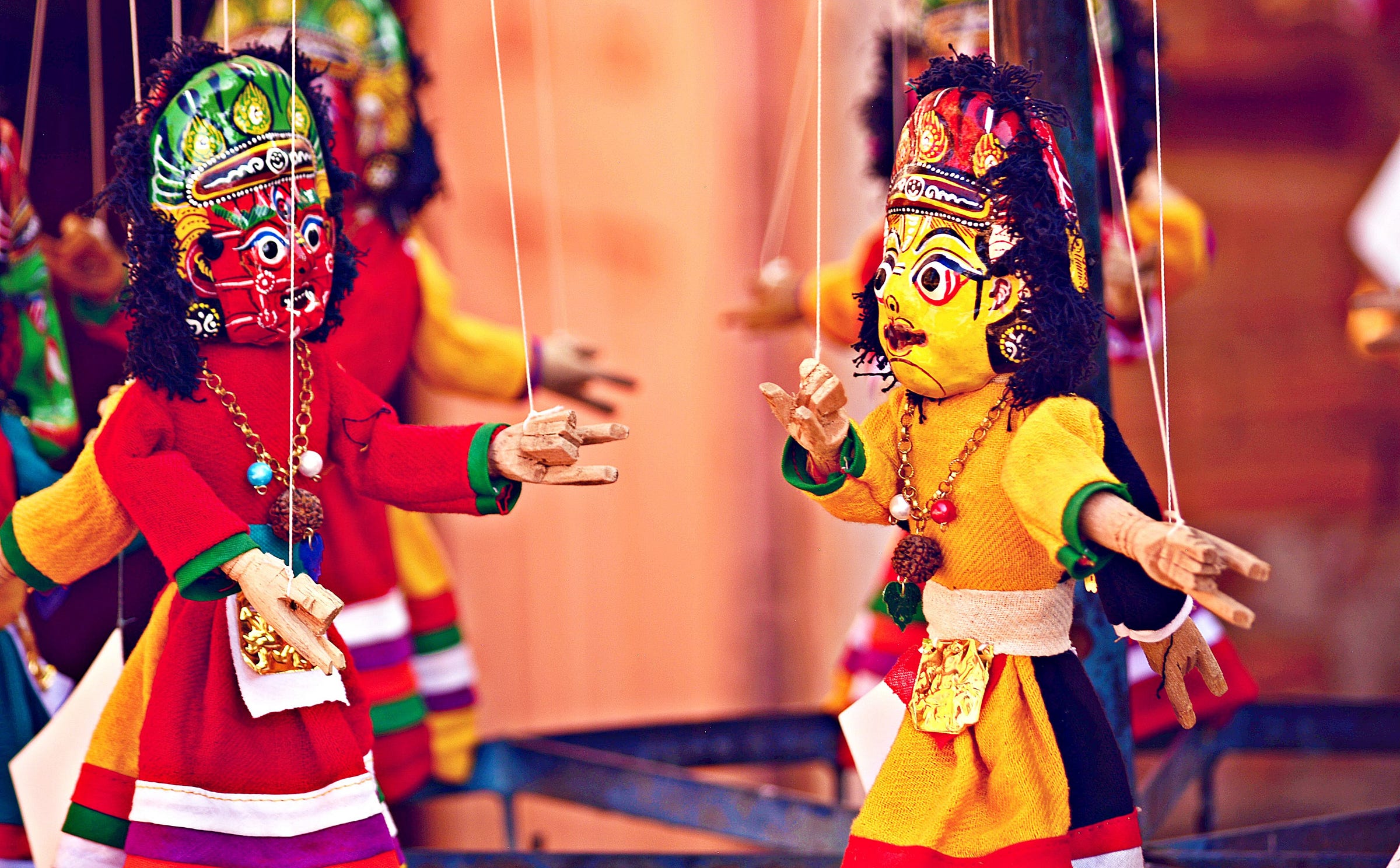
The symbolism of colour in different cultures tends to have the common identification of colour names through cultural exchange. The way different cultures see and describe the meaning of colour varies dramatically around the world.
Colours carry deep meanings with them in every culture. Western, Far Eastern, Middle Eastern, Indian, and African…study.com
This video is showing that there are some differences and similarities on cultures when colours and it’s the symbolic meaning.
Cultural Symbolism of Color
The uses and meanings of colour have never been totally consistent across cultural boundaries. Colours can carry different symbolic meanings; yellow, in northern Europe, connotes “deceit” and “cowardice,” while in SriLanka is the imperial colour; in the Buddhist tradition, yellow stands for “humility” and “renunciation”; but in the Mayan civilization of Central America, it was associated with the West. The underlying reason for these differences is that the symbols used to portray archetypal energies are subject to the creative limitations of the human mind. At the cultural level, this process of differentiation receives further stimuli from the natural environment. Usually, the cultural elite dominates the colour names over time. In Western cultures, the white has long been a symbol of purity and virginity.
There are many colours, but in here I concentrate on five primary colours: red, yellow, blue, white, and black. When any two colours are mixed, they can produce other colours. In the following sections, I shall deal with each of the five primary colours, which also represent different meaning in a different time, and different place, and different culture.
First, a strong culture tends to dominate the popularity of colour, during the twenty century, western culture is stronger than other culture, and during a wedding ceremony, the bride who wears a white gown has replaced a red dress in India. Second, an important event has happened in one big country, the revolutionary flag, which is red, so the red has been emphasized because it represents the colour of blood and passion. So far the Communists still stress on red. Third, a country which possesses a long history and tradition can maintain the positive meaning of colour. Any colour would have its negative connotations, which are not widely recognized.
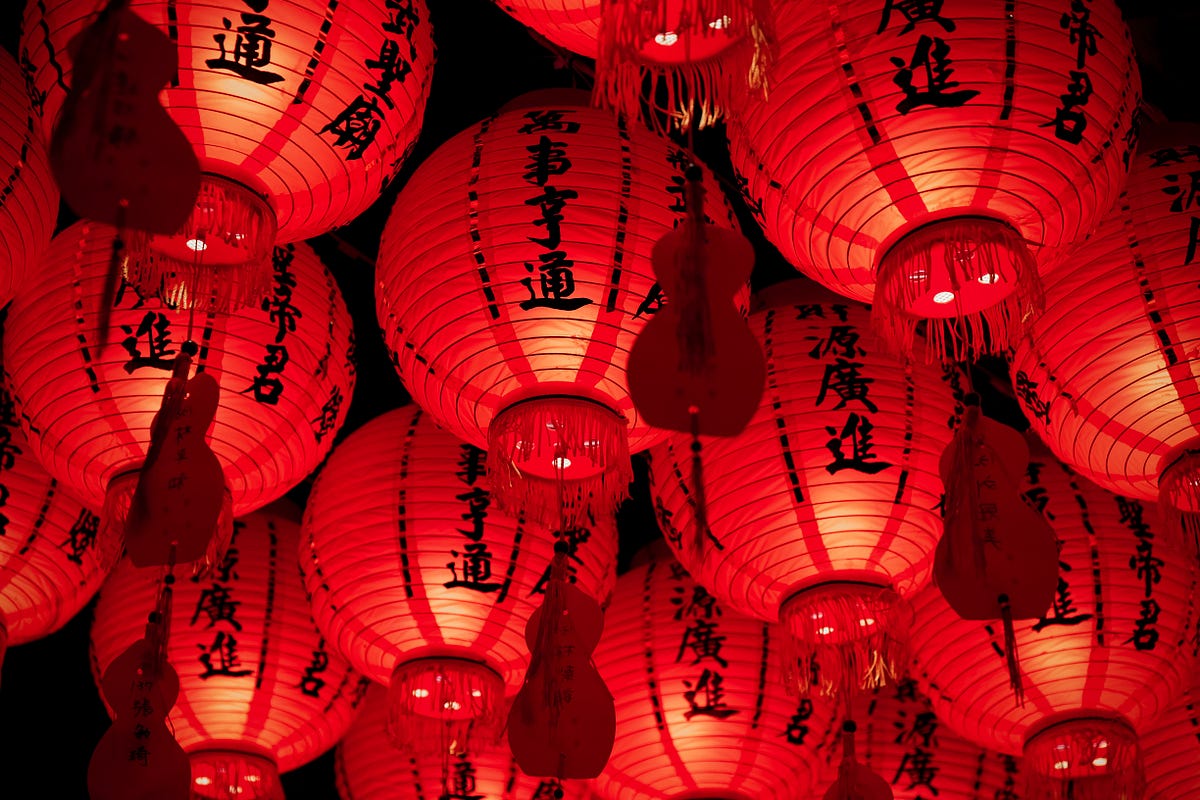
Positive Connotations: Red is supposedly the first colour perceived by Man. In pre-historic times, Neanderthals sprinkled the bodies of the dead with red pigment as a way of restoring to them the “warm” colour of blood and life. red hats and kings have often dressed in red. Roman Catholic cardinals wear “Red Carpets” are still enrolled for the arrival or departure of an important visitor. Red is linked with love and fertility. In ancient Rome, brides were wrapped in a fiery red veil.
Negative Connotations: Like the colour of blood, red is a symbol of warning, war, destruction, sex, sin, and murder. In Roman mythology, red is associated with the god of war, Mars. Red in ancient Egypt was the colour of the desert and of the destructive god Seth who was said to have red hair and eyes; red also meant a call to arms for the ancient Romans.
2. Yellow

Positive Connotations: Yellow is associated with the sun and its life-giving generative powers. The yellow sun was worshipped as a god in many cultures. According to Greek mythology, the sun-god Helios wore a yellow robe in a golden chariot drawn by four fiery horses across the heavenly firmament. The radiant yellow light of the sun personified divine wisdom; while in Mexican cosmology, golden yellow was the colour of the Earth’s new skin at the beginning of the rainy season, before it grew green once more.
Negative Connotations: Yellow heralds old age and the approach of death. To the Tewa Pueblo Indians, it is the colour of the west, which is associated with one direction to the underworld. In English, yellow may be a sign of disease as well as age, particularly jaundice, a disease affecting the yellow bile.

Positive Connotations: Universally, the colour of plant life, green, can stand for awakenings, new beginnings, and growth. In China, it relates to spring. In Celtic folklore, the green man is important vegetation and fertility god. In ancient Egypt, the green of the god Osiris symbolized resurrection and immortality. Green is also the emblematic colour of Ireland, the “Emerald Isle”. The colour symbolizes the struggle for Irish independence from Great Britain.
Negative Connotations: There is a darker side to the natural world as well. Green has represented danger and death. There are many instances of green being linked with superhuman powers. The ancient Egyptians feared cats with green eyes and imposed the death penalty upon all those guilty of killing these creatures. In medieval Europe, green was associated with the Devil and wearing it was considered unlucky for human beings.

Positive Connotations: Whether celestial or oceanic, blue evokes wide, open spaces and is linked with infinity and primordial emptiness. The blue of the sky has been associated with the male principle, distance, and the gods. In ancient Egypt, gods and kings were often depicted with blue beards and wigs, and the Hindu divinity Krishna is portrayed as blue. Still, deep water, on the other hand, also associate blue with the female principle. As a symbol of peace and purity, it is the colour of the Virgin Mary. Jesus teaches in a blue garment. Blue, the symbol of the truth and the eternity of God, will always remain the symbol of human immortality. Blue amulets in some cultures are supposed to neutralize the evil eye. The Old English custom of brides wearing something blue is meant to ensure fidelity. Blue in literature is firmly established for its calming/pacifying effect on human beings. Interestingly, the study dominantly finds colour white too as calming. Recognizing white as a calming colour could be a learned association strongly moulded by the Sinhalese, Buddhist religious context in Sri Lanka.
Negative Connotations: Blue represents the excesses of calm emotion. It is frequently considered synonymous with depression-as in “feeling blue,” or having the “blues” and it can also represent withdrawal, isolation, loneliness, and instability. In colloquial English, “out of the blue,” happens in a way that is sudden and unexpected. “Once in a blue moon” means very rarely.
4. White

Positive Connotations: White can be defined as the absolute colour of light. It symbolizes truth, purity, innocence, and the sacred or divine. In many cultures, white garments are priestly vestments, associated symbolically with purity and truth. Newly baptized Christians wore white robes, and the souls of the just are depicted in white clothing in paintings of the Last Judgment. The Pope’s white garments symbolize transfiguration and glory. White is worn by brides in Western countries. The Anglo-Saxons were also the first to start using the word “white” as a surname for a person who had light hair or a fair complexion. Further, In Sri Lanka, the ulterior motive of Buddhists visiting temple whenever they can amidst their bustling and routine lives is to, regain the lost inner harmony via the tranquillizing, sacred environment of the temple itself and by performing the religious rituals. Dressing up in a fully clean white attire when visiting the temple, offering white coloured flowers to the statue of Lord Buddha, and the most predominant element of the temple; the ‘Stupa’ being coloured in white is supposed to have a high influence on the Buddhists to associate the colour white with the pacifying/calming process.
Negative Connotations: On the other hand, white is associated with paleness, bloodlessness, lack of vigor, and death. In ancient Egypt, white symbolized the lifeless desert that covered much of the country. In several cultures, the soul is thought to leave the body in the shape of a white butterfly or a white bird. Christian angels are depicted as being dressed in white, while ghosts are described as emitting white light.
5. Black
Positive Connotations: The absence of light, rather than the colour itself, black is a complex symbol. Almost all cultures recognize the duality and opposition between black and white. Yet, in Egypt, the blackness of earth and of rainclouds stands for the smothering darkness of germination. The black was the colour of “rebirth” and “resurrection”. In Greek, it is the colour of Cronos/Saturn, which symbolizes time. The Hindu Kali and Durga can appear as black goddesses, suggesting the light-dark duality necessary to the continuation of life.
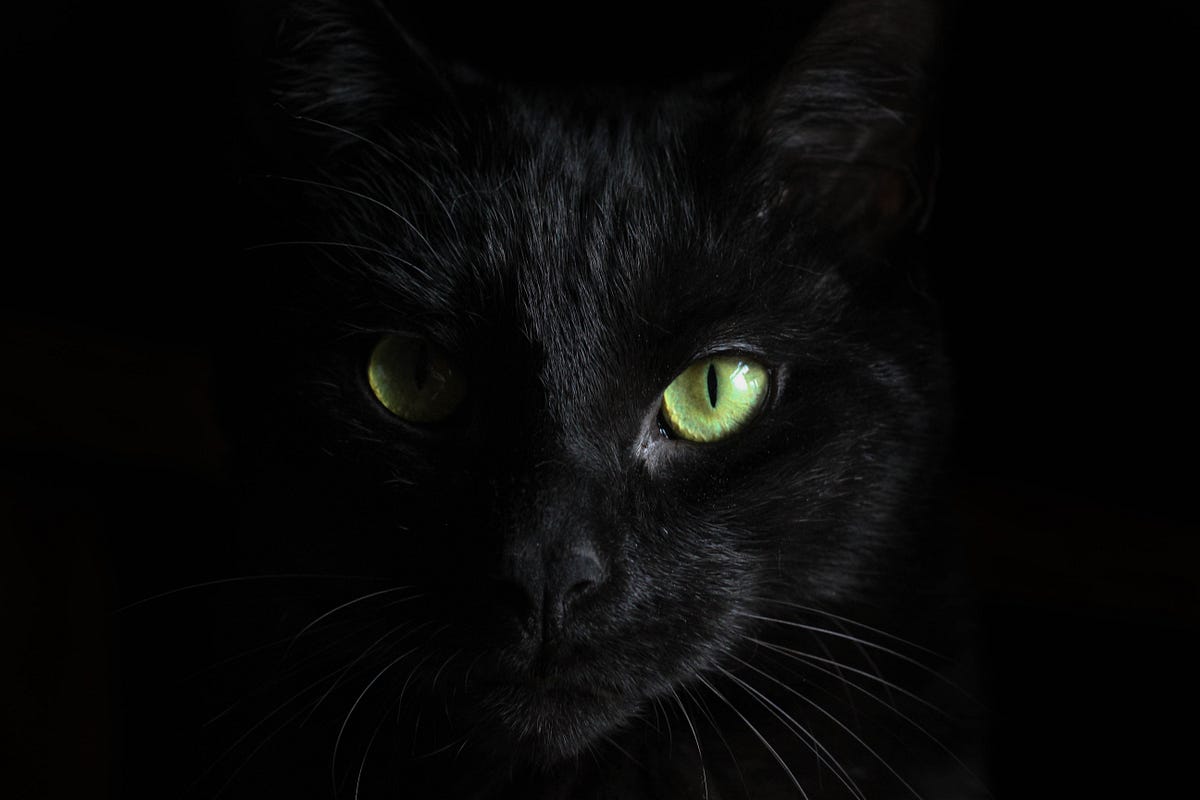
Negative Connotations: In the Western world, black carries a lot of negative connotations, many of them centred on fear and the unknown. Death and mourning are symbolized in the West by black. The Grim Reaper, as the personification of death, is hidden entirely by black robes. Black animals are regarded as unlucky, such as the black raven, black dogs, black cats, and black sheep. Black denotes guilt and vice; hence to say that a man who has a black heart is a contumelious expression for depravity.
In the following chart has to Mention the meaning of other colours culture to culture.
Colour means many different things to different people and cultures. We all have our own favourite colours. People like different colours as they like different foods. Colour also represents feelings, people, countries, cultures, and colour symbolism.
Conclusion
In this article, I shared the knowledge on how to increase our understanding of colour-emotion associations among colour psychology and cross-cultural understanding. Furthermore, about several different associations with one colour and differences between countries suggest, that the colour emotions.
Resources that I have used …
Colors hold significance for people around the world. Not only do colors influence emotion, but they also hold meaning…www.incredibleart.org
Have you ever had the blues, or felt green with envy, or been so angry you saw red? Or maybe you've been tickled pink…www.shutterstock.com
What Different Colors Mean in Different Cultures 29 people found this article helpful Color is an important part of any…www.lifewire.com
India has always been exalted and remembered fondly as the country of symbolic colors. To an outsider, its colorful…www.sensationalcolor.com
Culture is central to the sustainable development of Europe's cities. It is an engine for urban economic development…www.eurocities.eu
Latest posts by Talia Wolf (see all) There are thousands of infographics, images, and guides explaining how different…getuplift.co
'Emotion' is a relatively recent term and there are languages that do not carry an equivalent. Historically, people…www.psychologytoday.com
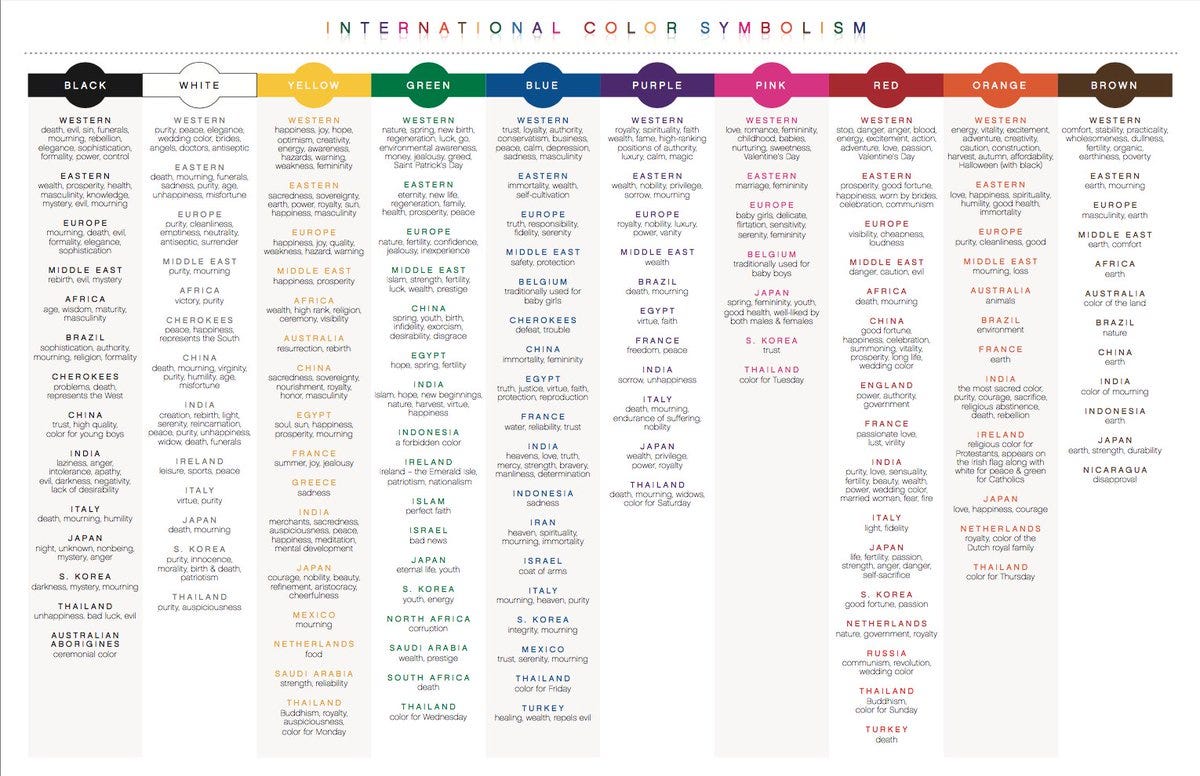
Comments
Post a Comment